
The idea took hold and an International Olympic Committee was created. The second modern Olympic competition was relegated to a sideshow of the World Exhibition, which was being held in Paris in the summer of 1900.
Baron Pierre de Coubertin founder of the modern Olympics and president ofthe International Olympic Committee (IOC), lost control of the 1900 Games to the French government. In many respects the games were at best chaotic. The Committee still hadn’t settled on the major events that would define the games. They tried a lot of different things before they landed on the events we know today – and, in the meantime, there were a number of rather bizarre Olympic sports.
The following is a partial list of some of those early events that were either one-time events, demonstration events, or were continued, some for a short time, and some until now, but in different formats.
LIVE PIGEON SHOOTING Image Source: edition.cnn.com/olympic-strangest-events
| This event appeared for the first and only time as an Olympic event at the Paris games of 1900. Belgian Leon de Luden shot 21 pigeons of the total 300 gunned down in the event. In later games the live pigeons were replaced by clay ones. This is the only time in modern Olympics history that live animals have been killed. SWIMMING OBSTACLE COURSE Another first and last event from the 1900 Paris games was Obstacle Swimming. In the event, swimmers had to crawl over a line of boats, swam under other line of boats, and climb a pole, while swimming 200 meters in the rather muddy Seine River. Australia’s Fred Lane took home the gold medal in the event, as well as finishing first in the 200 meters freestyle. |
Some people believe that juggling was once an official Olympic sport. Actually, the closest event that may have been misinterpreted as juggling is a sport called Club Swinging. This unusual sport debuted in the 1904 Olympics -- then known as the Games of the Third Olympiad – in St. Louis, Missoui
| The athlete stands erect, holding clubs that resemble bowling pins in each hand. He then twirls and whirls them around. The more complicated the routine, the more points he wins. Historians say the sport was the precursor to rhythmic gymnastics which employs ribbons and hoops. Image Source: https://www.nydailynews.com/photos/ |
RIBBON TWIRLING / HULA HOOPS
This sport, now a part of Rhythmic Gymnastics, is a women-only event in which gymnasts perform on a floor with a rope, hoop, ball, clubs or ribbon accompanied by music, in individual or group events.
Rhythmic gymnastics combines elements of gymnastics, dance and calisthenics, requiring strength, flexibility, agility, dexterity, and coordination. Gymnasts must be strong, flexible, agile, dexterous, and coordinated.
| Governed by the International Gymnastics Federation (FIG), Rhythmic gymnastics became an Olympic sport in 1984. The sport evolved from many related disciplines, including classic ballet as well as the German system of emphasizing apparatus work for muscle development and the Swedish method of using free exercise to develop rhythm. | Image Source: edition.cnn.com/strangest-events |
Tug-of-war was introduced in Paris 1900 and remained an event through the Olympics at Antwerp in 1920, although the games were cancelled in 1916 because of WWI. Teams of eight had five minutes to pull their opponents six feet over a line. If there was no winner after the time limit expired, the team who’d pulled their rivals the furthest would win. Milwaukee Athletics Club represented Team USA and won gold at the 1904 Games in St. Louis, Missouri.
Image Source: pinterest.com/220324606741139836/ image Source: edition.cnn.com/strangest-events
LONG JUMP FOR HORSES
The long jump is a staple of track and field, while Equestrian competitions are among the most elegant of Olympic sports. The Equestrian Long jump for horses, however, had its first and last chance at the famous Paris Games in 1900.
According to Megan Gibson writing for “olympics.time.com/”, “No one could accuse equestrian horses of not being athletic, yet the winning leap, from Belgium’s Constant van Langendonck atop the horse Extra Dry, measured only 6.10 meters. Not too shabby, until you consider the world record for long jump, by a human, is 8.95 meters.”
There was also an equestrian high jump which apparently didn’t make it past the 1900 games either.
| Image Credit: Hulton Archive via Getty Images Image Source: edition.cnn.com/strangest-events ROQUE A Roque tournament was played only once, at the 1904 Olympics. Roque is a hard-surface form of the game Croquet. The USA won all three medals, which didn’t surprise anyone since all the competitors were American. Image Source: olympics.time.com/no-longer-in-olympics | CROQUET Croquet also made its first and last appearance in Paris Olympiad. It’s notable for being the first Olympic event in which women took part against their male counterparts and not in their own competition. France took home the gold in all four categories, but the sport was removed from subsequent Olympiads after just one spectator reportedly showed up to watch. Image Source: bing.com/images/search?q=Women-1900+Olympics |
| Image Source: theolympians.co/tandem-cycling: | TANDEM BICYCLE SPRINT Tandem cycling, which saw two two-men teams racing over 2,000 meters, was a major fixture of the Olympic program from 1908 to 1972 |
Rope climbing was featured at five games from 1896 to 1932. From a seated start, athletes used only their hands to clamber up 49 feet at Athens 1896, and then 25 feet of rope in the later events.
| At the 1904 Games in St. Louis, Missouri, Team USA’s George Eyser took the title. His feat was all the more incredible because he had one wooden leg. Left Image source: hellenicaworld.com//NikolaosAndriakopoulos Right Image Source: en.wikipedia.org/George_Eyser |
STANDING HIGH JUMP
The track and field competitions at every Olympics from 1900 to 1912 included a standing high jump competition, seeing how high a bar athletes could jump over a bar from a standing position
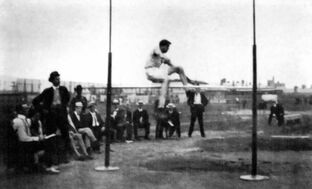
Image Source: edition.cnn.com/strangest-events
The standing broad jump was an Olympic event until 1912. Its other two variants standing high jump and standing triple jump were also conducted in all Olympic games until 1912.
Image Source: blog.weekendthrill.com/discontinued-in-olympics/
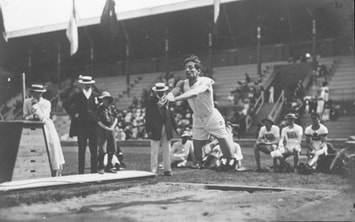
The Olympics in Paris 1900, was a trial run for a number of new events. Underwater Swimming was another one-time event from these games. This involved swimming below the surface of the River Seine for 60 meters. Competitors received two points per meter they swam and another point for every second submerged.
France’s Charles DeVandeville received a gold medal in the underwater swimming with 188.4 points. He died of injuries during the First World War, at age 32.
HOT AIR BALLOONING
Another 1900 Olympics demonstration was Hot Air Ballooning. Despite being very popular at that time, ballooning enthusiasts saw their hopes of becoming an official event rise and fall. All in all, 61 men and 3 women competed in ballooning, which consisted of 18 events. Judges marked contestants on various points, like distance, duration and elevation. The aeronautical pioneer Henry de La Vaux set two world records for distance and duration piloting a balloon flight.
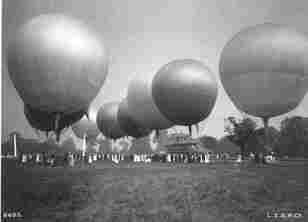
Image Source: weekendthrill.com/trangest-games-that-are-discontinued
KITE FLYING
Considered another demonstration sport -- a sporting event held during the Olympics, but not technically considered an official sport of the games -- Kite Flying debuted in 1900 as another one-time event.
SKELETON
This is an ice track sport similar to Bobsledding or Luge, except that instead of being seated upright or secure, in Skeleton competitors hurl down the ice track face first. If anything happens you can throw away your previous photographs.
The event first appeared at the 1928 Winter Olympics in St. Moritz and again in 1948 Winter Olympics, after which it was discontinued as an Olympic sport. It was reintroduced at the Salt Lake City Olympics in 2000, with both men's and women's events, and has been held in each Winter Olympic competition since then.
Image Source:thatonesportsshow.com/olympic-skeleton/
FIRE FIGHTING AND LIFE SAVING
Fire fighting and life saving sound like public services rather than sports, and although neither was ever added officially to the list of Olympic sports, that doesn't mean practitioners had no place at the games.
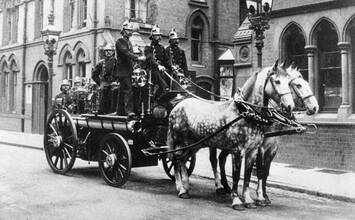
Image Source: allthatsinteresting.com/olympic-sports division win.
The first Pistol Dueling competition was held in 1906 Olympics in Athens, Greece. Competitors wearing face masks tried to shoot each other in the face with wax bullets. Later Titanic survivor Sir Cosmo Duff Gordon was a famous participant in the event.
|
Despite the name, the competitor doesn’t throw the shot put with both hands. Two-handed meant the competitors had to use both hands, one at a time, and throw the object. Later the best distances with each hand were combined to decide the winner. Each contestant was given 3 attempts with each hand.
Image Source: blog.weekendthrill.com/games-discontinued-olympics/
ONE HANDED WEIGHT LIFTING
The one hand weightlifting was a men-only event in 1896, 1904 and 1906. They had to perform lifts with each hand, with the winner determined from the combined score of both hands.
SOLO SYNCHRONIZED SWIMMING
| Image Source: edition.cnn.com/strangest-events | That’s an oxymoron that’s hard to get the mind around. This sport features one female swimmer synchronizing with herself. The sport made its debut in the Los Angeles Games in 1984, with U.S. swimmer Tracie Ruiz winning the gold medal. The solo event was discontinued after 1992. |
TEAM SYNCHRONIZED SWIMMING
Synchronized swimming, known as water ballet, was organized as a competitive event for teams for the first time in 1891, Berlin, Germany, but was not an officially recognized sport until 1941. Competitions were not related to the Olympics but to the World Aquatics Championships. The International Swimming Association officially renamed the sport from "synchronized swimming" to "artistic swimming" in 2017, decision that faced mixed reception.
Synchronized Swimming is a relatively recent Olympic event, becoming a recognized sport for the first time at the Los Angeles summer Olympics in 1984. The events included solo and duet competition as well as teams. The last Olympics with Solo synchronized swimming was in 1992.
Russia's Natalia Ishchenko / Svetlana Romashina The Russian synchronized swimming team -Rio 2016
duet final- London 2012 Games - Image Source: Image Source:
olympics.time.com/synchronized-swimming sputniknews.com/synchronized-swimming-gold/
There are other sports which had short-lived experience in the Olympics, some of which are mentioned here as “honorable mentions.”
Cricket – 1900
Underwater swimming – 1900
Plunge for distance diving – 1904
100 meter running deer shooting – 1908 to 1948
Baseball – 1992 to 2008
Motor boating – 1908
JUST SAY’N
Coming July 30, 2021 - Olympic Wardrobe Malfunctions
Coming August 6, 2021 Olympic Funny Business and Funny Photos
■
Sources:
https://www.huffpost.com/entry/weird-olympic-sports_n_5794b6a4e4b01180b52f4a0b
https://entertainment.howstuffworks.com/10-bizarre-olympic-events.htm#:~:text=1%20Pentathlon.%20If%20the%20biathlon%20sounds%20bizarre%2C%20the,9%20Hot%20Air%20Ballooning.%20...%2010%20Tug-of-War.%20
https://edition.cnn.com/2016/08/05/sport/olympics-strangest-events-trnd/index.html
https://www.topendsports.com/events/discontinued/gym-club-swinging.htm
https://en.wikipedia.org/wiki/Pigeon-shooting
https://sputniknews.com/sport/201608191044441027-russian-synchronized-swimming-gold/
https://olympics.time.com/2012/08/07/the-strange-but-beautiful-art-of-synchronized-swimming/photo/009-03347986/
https://en.wikipedia.org/wiki/Synchronized_swimming
https://olympics.com/en/video/synchronized-swimming-s-first-olympics#:~:text=Synchronized%20Swimming%27s%20first%20Olympics%20A%20relatively%20recent%20discipline%2C,solo%20and%20duet%20events.Team%20USA...%20Los%20Angeles%201984
https://www.reddit.com/r/olympics/comments/y4004/what_is_the_ribbontwirling_hula_hoopthrowing_event/
https://olympics.com/en/sports/rhythmic-gymnastics/
https://olympics.time.com/2012/07/16/really-strange-sports-that-are-longer-in-the-olympics/slide/horse-long-jump/
https://blog.weekendthrill.com/9-strangest-games-that-are-discontinued-in-olympics/
https://allthatsinteresting.com/weird-olympic-sports
Source: https://www.bbc.co.uk/blogs/olympics/2008/07/olympic_countdown_22_days_pion.html
https://theolympians.co/2016/05/02/tandem-cycling-then-and-now/
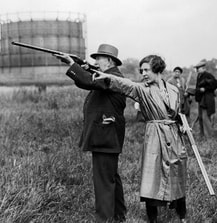
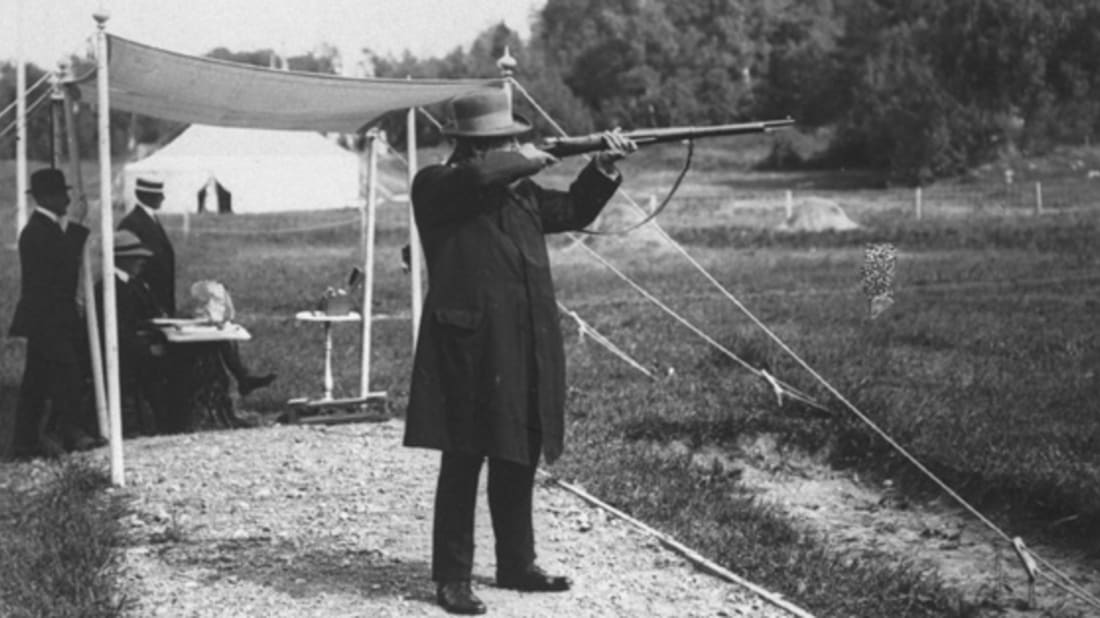
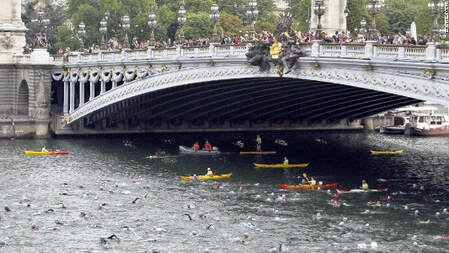
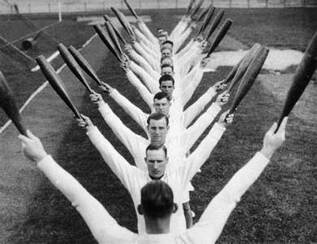
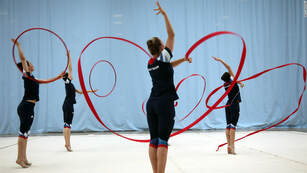
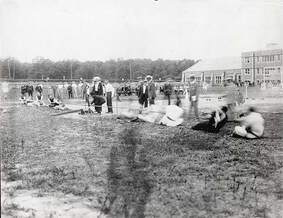


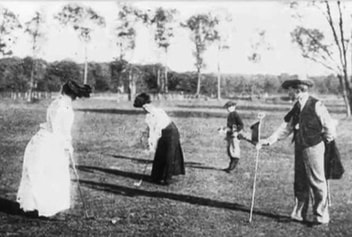

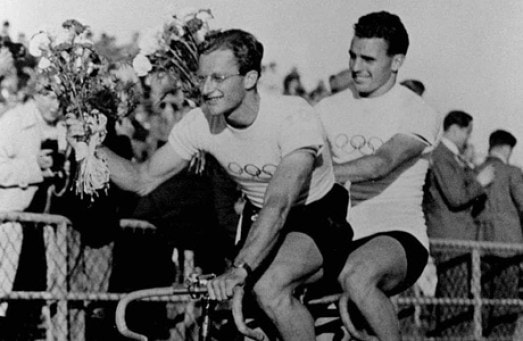

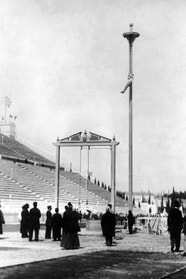


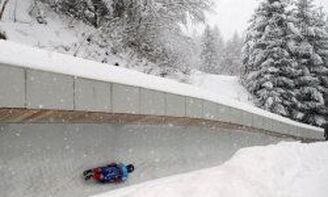
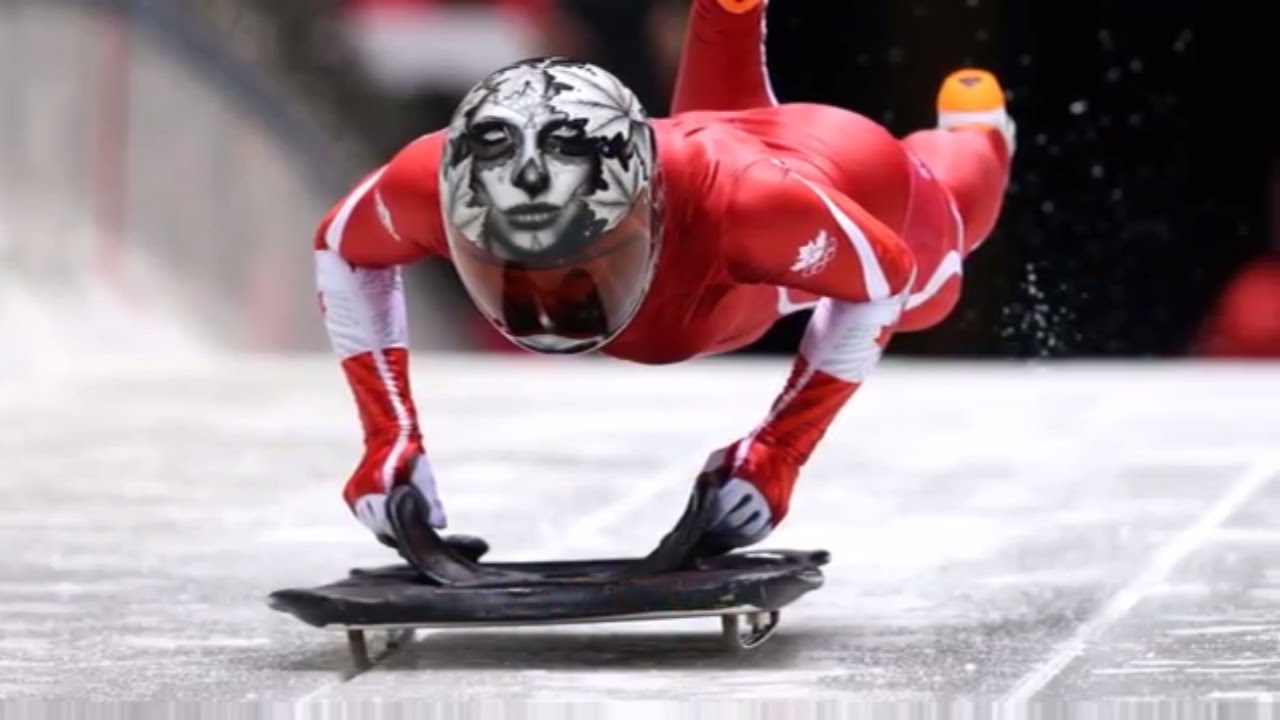


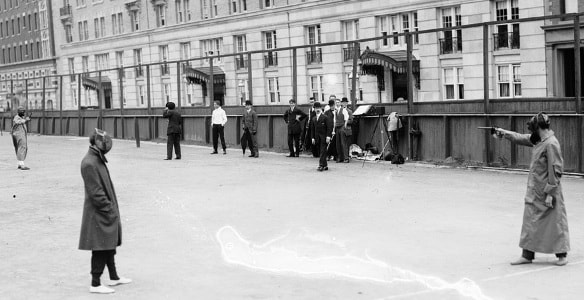
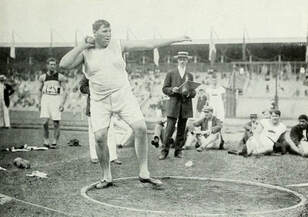
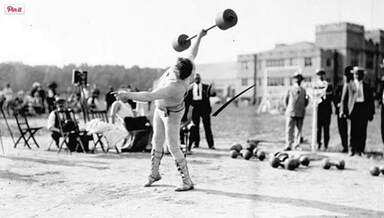

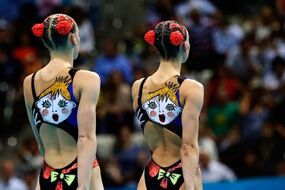
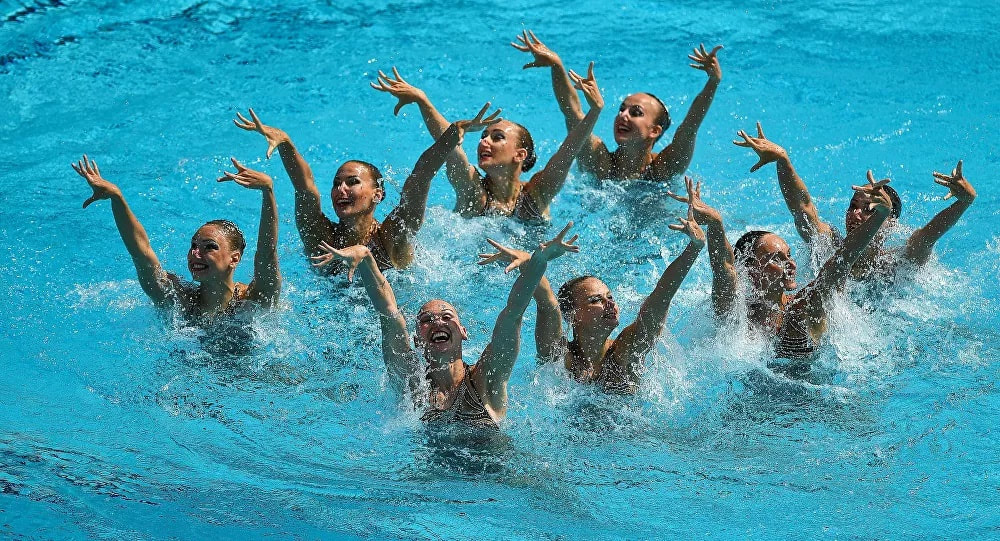
 RSS Feed
RSS Feed